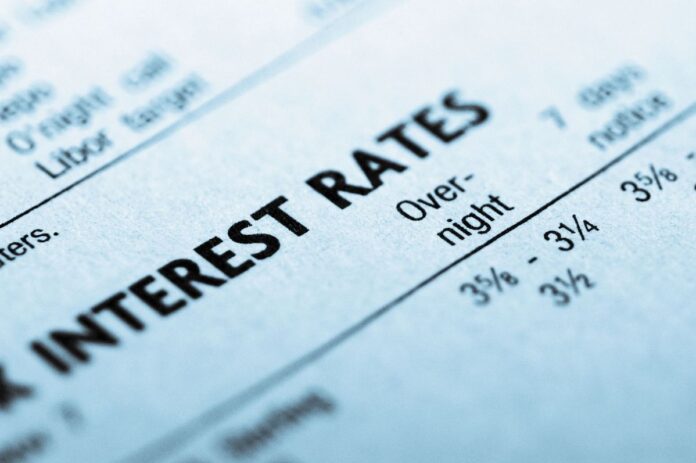This week, the world agricultural market is undergoing a significant upheaval as soybean prices unexpectedly rise while wheat prices continue to fall. This divergent trend is ascribed by analysts to a combination of shifting export demands, shifting weather patterns, and geopolitical tensions. Strong harvest yields in major producing nations are putting downward pressure on wheat, a staple crop in many regions. As a result of limited global supply and growing demand from Asia, especially China, which is replenishing its stockpile to stabilize domestic food security, soybean prices are rising.
Due to a global surplus brought on by a record-breaking harvest in Russia, Ukraine, and Australia, wheat prices have been declining. Traders have observed that the influx of wheat from the Black Sea region has lowered market prices, despite logistical difficulties in some export routes. Furthermore, favorable weather in North America and Europe has increased output, resulting in a consistent supply flow that exceeds present demand. A bearish outlook for the near future is reinforced by the U.S. Department of Agriculture’s (USDA) recent report that global wheat stocks are at their highest level in three years.
On the other hand, limited production in important South American nations is driving up soybean markets. Two of the biggest exporters of soybeans worldwide, Argentina and Brazil, have been battling drought conditions that have had a major impact on crop yields. Due to tighter global supply chains brought on by these weather-related shortages, prices have increased. The rally has gained additional traction due to China’s ongoing demand for soybeans, which are widely used in the production of animal feed and biofuel. In an attempt to take advantage of the high market prices, this has prompted American farmers to set aside more land for soybeans in the next planting seasons.
The rising demand for renewable energy sources is another significant factor driving up soybean prices. The world’s transition to sustainable energy sources has increased consumption of soybeans, a crucial component of biofuels. Farmers and traders now have more options thanks to the expansion of biofuel programs by governments in the US and Europe. Prices have been further raised by speculative investments in soybean futures due to the favorable demand outlook. However, as global stockpiles continue to grow without matching demand growth, wheat is still more susceptible to oversupply pressures.
However, experts caution that this divergence might not be permanent. The balance could be swiftly shifted by changes in global consumption patterns, trade policy, and weather volatility. For example, the current surplus could be reversed by an unanticipated frost or drought in a crucial wheat-producing region, while improved rainfall in South America could alleviate the pressure on soybean supplies. Because agricultural commodity trends are becoming more and more dependent on environmental and geopolitical factors, market analysts caution both farmers and investors.
Future harvest projections and trade agreements will be the focus of attention in the upcoming weeks. The dynamics of soybean exports may be impacted by the anticipated resumption of agricultural talks between the United States and China. In the meantime, wheat shipping routes may still be impacted by ongoing conflicts in Eastern Europe, which could tighten global supply chains once more. The agricultural market is currently split, with soybeans being supported by scarcity and high demand and wheat experiencing a decline due to surplus. However, both crops continue to play a crucial role in the global food and energy systems, so changes in their prices are important markers of overall economic health.






